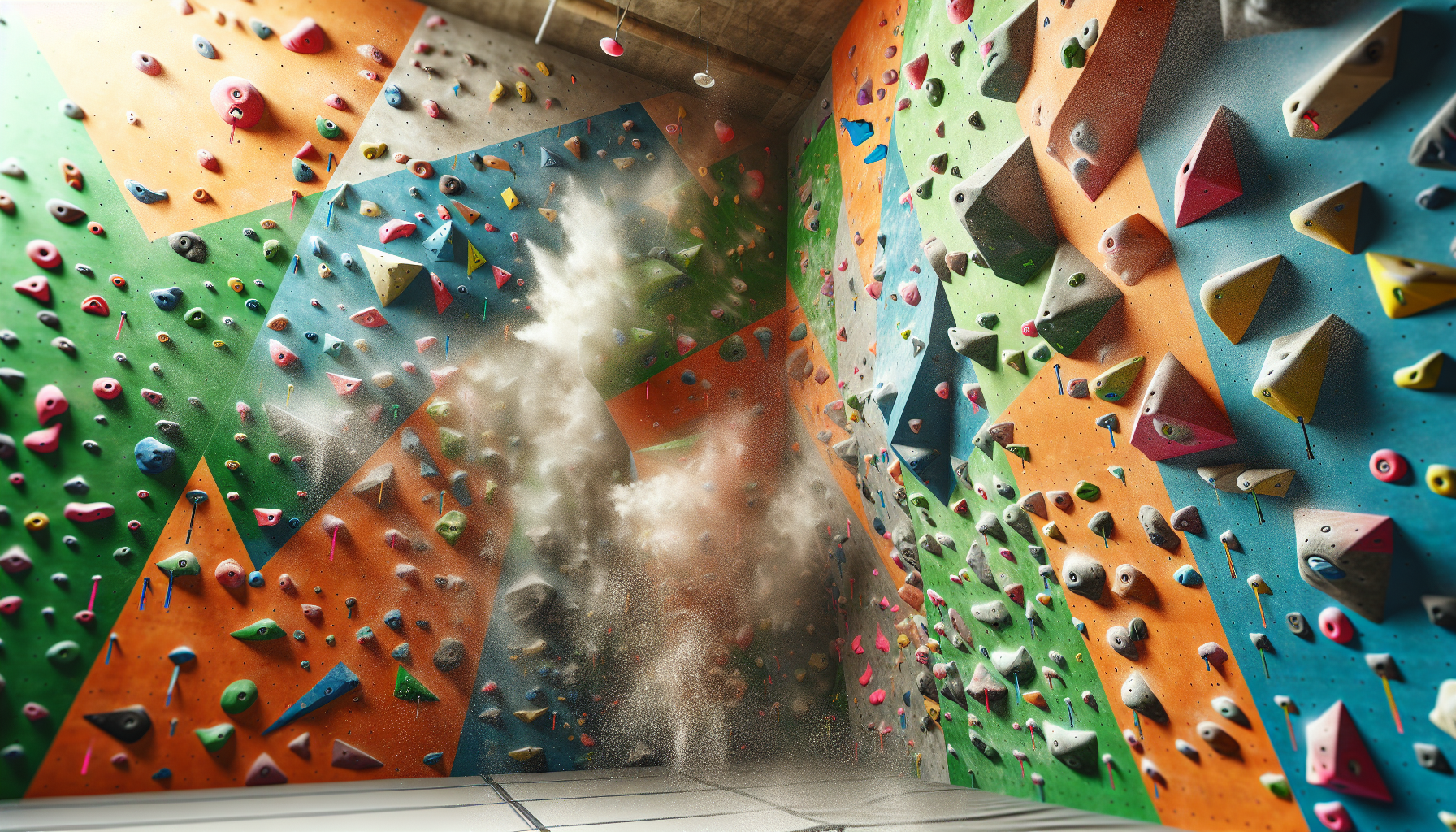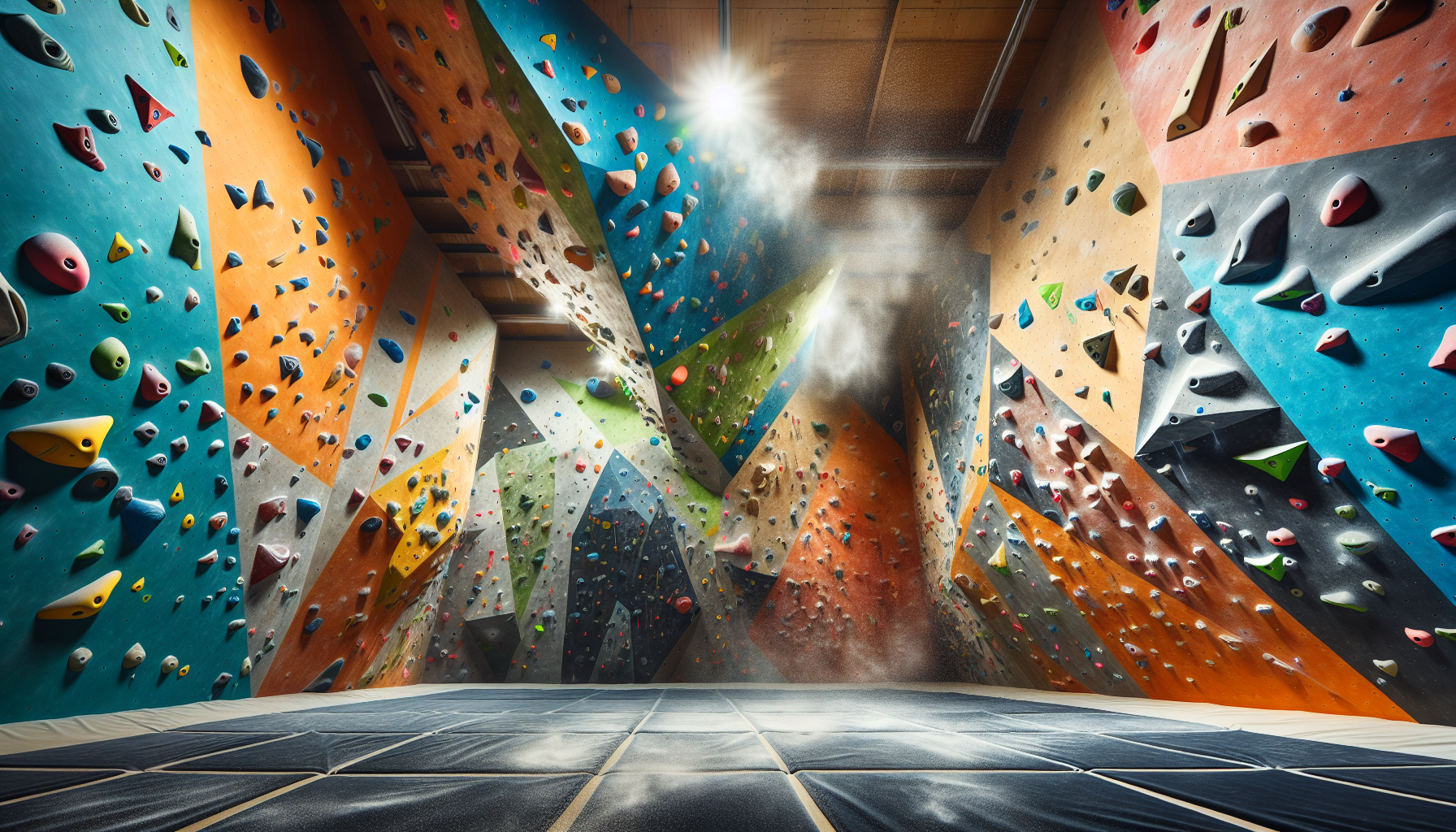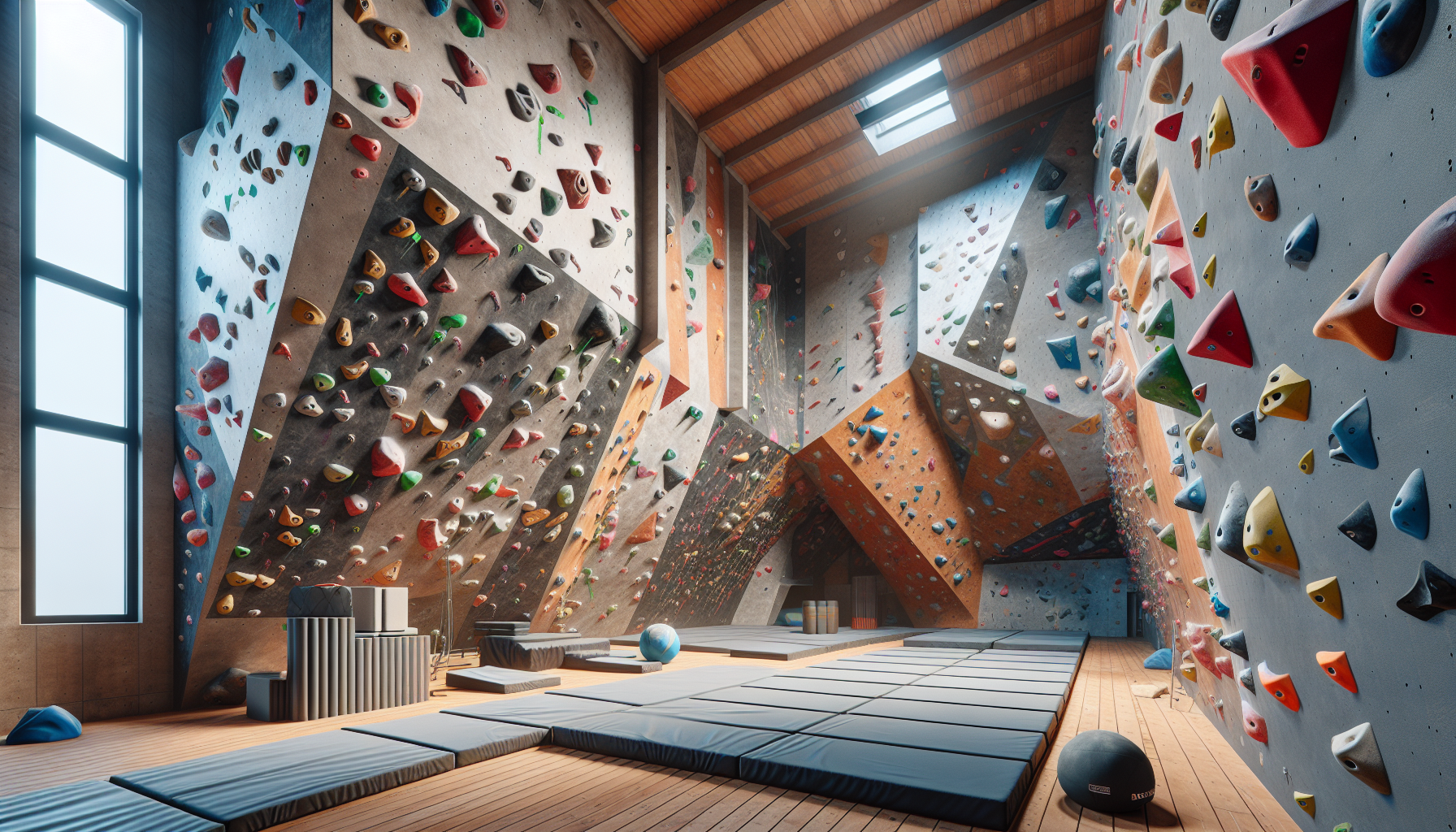
Improving your abilities on the wall requires a commitment to tailored training approaches that foster development.
Strengthening grip strength is fundamental, as it enhances your control and ability to tackle challenging holds.
A well-structured training plan should integrate footwork drills, helping to enhance your movement efficiency and optimal placement.
Exploring various climbing techniques will not only expand your skill set but also improve your adaptability during climbs.
By incorporating exercises that focus on body positioning, you can greatly boost your balance and endurance on the route.
Regularly refreshing your training plans will promote ongoing progress and sustain your motivation throughout your climbing journey
Effective Climbing Techniques
Climbing is an intricate sport that blends technique and physical ability, shaping the experience of every climber. Mastering various strategies can greatly enhance your power endurance and overall performance.
Understanding body positioning is crucial; maintaining core stability helps to balance effectively.
Foot placement is vital in optimizing weight distribution on holds, as proper angles can drastically improve stability during ascents.
Different grip types, such as crimping and open-hand, impact how climbers tackle routes, while transitioning between grips efficiently can enhance your power endurance.
Advanced footwork techniques, including flagging, improve dynamic movements and balance.
Incorporating flexibility training into your routine will help prevent injuries and support overall climbing development, allowing you to explore key strategies that elevate your bouldering experience and efficiency.

Grip Strength Exercises for Bouldering
Effective training in climbing relies on the development of hand strength, which plays a crucial role in overall performance and technique. This strength enhances route reading and increases a climber’s confidence, particularly when tackling challenging problems.
Finger Rolls build forearm endurance, critical for prolonged climbs.
They involve rolling a weight along the fingers while maintaining control, which also supports injury prevention strategies.
Dead Hangs are essential for grip endurance. Hanging from a bar strengthens fingers and supports mental strategies for managing tough routes.
Training both crimp and open hand grips is vital; these specific exercises help climbers adapt to various holds encountered on the wall.
Utilizing pinch strength training through pinch blocks further develops the required grip capability for bouldering challenges and can enhance chalk usage for better friction
| Exercise Type | Purpose | Benefits |
|---|---|---|
| Finger Rolls | Build forearm endurance | Supports injury prevention |
| Dead Hangs | Develop grip endurance | Strengthens fingers |
| Crimp and Open Hand Grips | Adapt to various holds | Enhances climbing technique |
| Pinch Strength Training | Improve grip capability | Enhances chalk usage for better friction |
Essential Footwork Drills
Mastering mobility on the wall can profoundly impact a climber’s overall performance and efficiency. Enhanced movement facilitates reduced energy expenditure during climbs, allowing for prolonged ascents.
Techniques such as choosing climbing shoes that offer a snug fit can greatly contribute to stability.
Regular practice of targeted drills not only improves balance but also heightens contact sensitivity, providing a much-needed advantage in competitive settings.
The first exercise, Silent Feet, encourages quiet foot placements, which cultivates a deeper focus on body weight management.
Precision Foot Placement challenges participants to improve accuracy by navigating small holds effectively, employing their climbing shoes for better grip. Balance Beam routines can further build core strength, an essential component that supports dynamic movements.
Incorporating these drills into warmup routines helps climbers systematically develop crucial skills.
Ladder Climbing techniques enhance agility through quick foot movements, allowing for adaptability in diverse climbing scenarios. The Foot Swap drill promotes versatility, which is vital for tackling complex routes and ensuring proper recovery practices.
Body Positioning for Success
Achieving optimal results in any physical endeavor often starts with how one manages their physical stance. In climbing gyms, effective alignment enhances control, resulting in smoother and more efficient movements while ascending.
A well-centered center of gravity is key for maintaining balance, allowing climbers to distribute their weight correctly.
Foot placements are vital for stability and play a significant role in improving grip on holds.
During competition preparation, focusing on these principles can significantly elevate performance. By honing core strength and optimizing limb movements, climbers can boost their overall movement efficiency and minimize injury risks.
Regularly adjusting one’s posture during strength training sessions leads to significant progress over time.
Climbing Performance
- Proper alignment improves control and enhances movement efficiency while climbing.
- A centered center of gravity is essential for maintaining balance and effective weight distribution.
- Strategic foot placements significantly contribute to stability and grip on holds.
- Improving core strength and refining limb movements reduces injury risks and boosts overall efficiency.
Training Plans for Bouldering
Developing a successful strategy is essential for climbers seeking to maximize their performance on the wall. A well-structured routine not only focuses on physical strength but also incorporates techniques and mental skills.
Utilizing visualization techniques, athletes can mentally navigate routes, improving their chances of success.
Regular evaluations of abilities help identify areas for improvement and ensure ongoing progress.
Incorporating endurance drills is vital for building the stamina necessary for extended climbing sessions. Engaging with climbing partners creates a motivating environment where beta sharing can enhance learning experiences.
Keeping track of progress allows for consistent adaptation and refinement of tailored training plans that target individual strengths and weaknesses.
Developing Power Endurance
For climbers, the ability to sustain effort over time is essential, particularly in demanding sports like bouldering. An athlete who can maintain their energy levels is better equipped to tackle extended routes and navigate difficult moves with confidence.
Strengthening this aspect of fitness not only improves climbing performance but also enhances problem-solving skills, fostering adaptability during challenging climbs.
Key techniques for building stamina include circuit training, which expertly blends strength and endurance in a dynamic format.
Focus on climbing-specific muscle groups through resistance training, and incorporate technique drills to sharpen your overall skills.
To effectively measure progress, set clear goals and continuously monitor improvements over time, ensuring you stay motivated and engaged in your training journey.
| Building Stamina Techniques | Benefits |
|---|---|
| Circuit Training | Improves strength and endurance simultaneously |
| Resistance Training for Climbing-Specific Muscle Groups | Enhances overall climbing performance |
| Technique Drills | Sharpens skills and problem-solving abilities |
| Setting Clear Goals | Keeps motivation high and tracks progress |
Core Stability and Climbing
A robust midsection plays an integral role in enhancing climbing efficiency. It is crucial for maintaining balance and power during climbs, directly influencing a climber’s ability to tackle challenging moves.
A solid core enables climbers to hold body tension, which is vital when executing precise maneuvers.
The major muscle groups, including the rectus abdominis, obliques, and transverse abdominis, contribute to this strength.
Engaging these muscles effectively supports improved foot placements, essential for technique enhancement. By incorporating targeted workouts into their routines, climbers can experience significant advancements in their stamina building and overall performance.
Many climbers find that as their core strength develops, they navigate challenge progression with greater confidence and control. Regular training leads to notable improvements, enhancing both results and engagement within climbing communities.
Visualization Techniques for Climbers
Harnessing mental imagery can be a game-changer for those involved in the vertical sport. This powerful technique enhances skill development by preparing climbers for the various challenges they may encounter.
By creating vivid mental scenarios, athletes can simulate climbing routes and situations, leading to improved performance goals on the wall.
Engaging in guided imagery allows climbers to practice tough moves mentally, fostering a productive mindset that translates to greater confidence.
By incorporating this method into their training, climbers can sharpen focus and retention of essential techniques.
Combining visual imagery with physical practice further reinforces the learning experience. For optimal growth, setting clear objectives and tracking progress through mental rehearsal can be incredibly beneficial.
Reflecting on climbs helps athletes assess the efficacy of their mental imagery, ultimately enhancing their overall approach to the sport.
Mental Imagery in Climbing
- Mental imagery can significantly enhance skill acquisition and performance in athletes.
- Vivid mental simulations help climbers prepare for diverse challenges and routes.
- Guided imagery contributes to increased confidence and a positive mindset during climbing.
- Setting clear goals and reflecting on performance can optimize the benefits of mental rehearsal.





